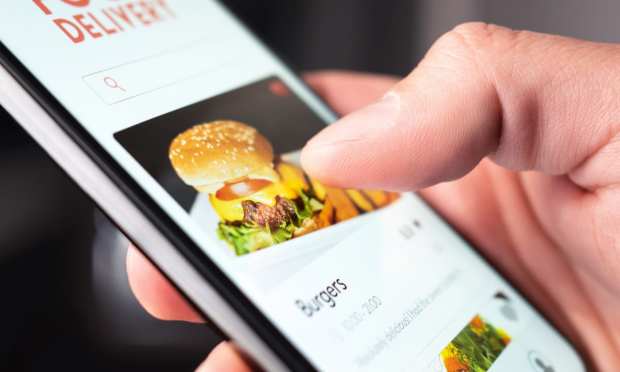Fast-Casual And QSR Chains Vie For Off-Premises Spending In Post-Pandemic Future

Will curbside pickup beat our drive-thru? Or will delivery services have staying power over on-premises dining when the pandemic finally ebbs? And finally, will quick-service restaurants (QSRs) have an advantage over fast-casual?
They’re important questions in the post-pandemic restaurant economy, and they’re being considered by key executives in the space. For example, in a recent interview with PYMNTS, David Bloom, chief development and operations officer for quickly growing fast-casual chains Capriotti’s Sandwich Shop and Wing Zone, argued that fast-casual restaurants will be the “sweet spot” for consumers as we begin to put the events of the past 13 months behind us, while fast food quick-service restaurants (QSRs) will be at a relative disadvantage.
“QSR … has by and large actually done pretty well [recently], but people are not out and about driving quite as much, so the drive-thrus, et cetera — I think they’ve come back, but some brands better than others,” Bloom said. “Fast-casual seems to be — people still want an upscale experience, they still want a really high-quality product, but they want it … brought to their home … [at] an affordable price point.”
In fact, many restaurant chains have noticed elevated drive-thru sales during the pandemic, which they expect to carry forward into the future. PYMNTS’ October Order to Eat Tracker®, created in collaboration with Paytronix, noted that drive-thru visits were up 26 percent in 2020’s second quarter and that drive-thru accounted for 42 percent of all restaurant trips during that period. As such, many leading QSRs have actually been designing new stores centered on the drive-thru experience. Even Starbucks, which has historically positioned itself as a place for people to come together, is creating drive-thru-only stores that “have no seating, very small units, the side-by-side drive-thru lanes that we are bringing on to the footprint,” as Chief Operating Officer Rosalind Brewer explained on a recent earnings call. In fact, even some fast-casual restaurants are focusing on drive-thru. Fast-casual restaurant chain Schlotzsky’s, for one, reconfigured its menu to be drive-thru friendly.
“We are understanding that more and more people are not going to be eating the food within two or three minutes of preparing it, so we’re making sure everything carries and serves itself representing the brand well,” Tory Bartlett, Schlotzsky’s chief customer experience officer, said in an interview with PYMNTS. “We know people are going to eat it 30 minutes to up to an hour later.”
Meanwhile, QSRs and fast-casual restaurants alike will benefit from post-pandemic consumers’ lasting desire for takeout and delivery, now that they integrated off-premises ordering into their daily routines. While independent restaurants can have trouble affording third-party aggregators’ fees, and as such might seek out other options, large fast-casual and QSR chains are better positioned to benefit from the customer base to which these services give them access, with their scale making the razor-thin margins of the channel more workable.
While fast-casual may have had a more difficult time satisfying consumers’ desire for off-premises ordering options, the space has been quickly digitizing over the last several years, and now serves as something of a midpoint between the fast-food QSR experience and the traditional table service experience, offering higher quality meals than the former and more affordability and convenience, typically, than the latter. For consumers looking to balance these considerations, fast-casual restaurants have a distinct opportunity to win their loyalty in this moment of flux. For consumers who value convenience and price point above all else, QSRs will likely remain the most appealing option.
